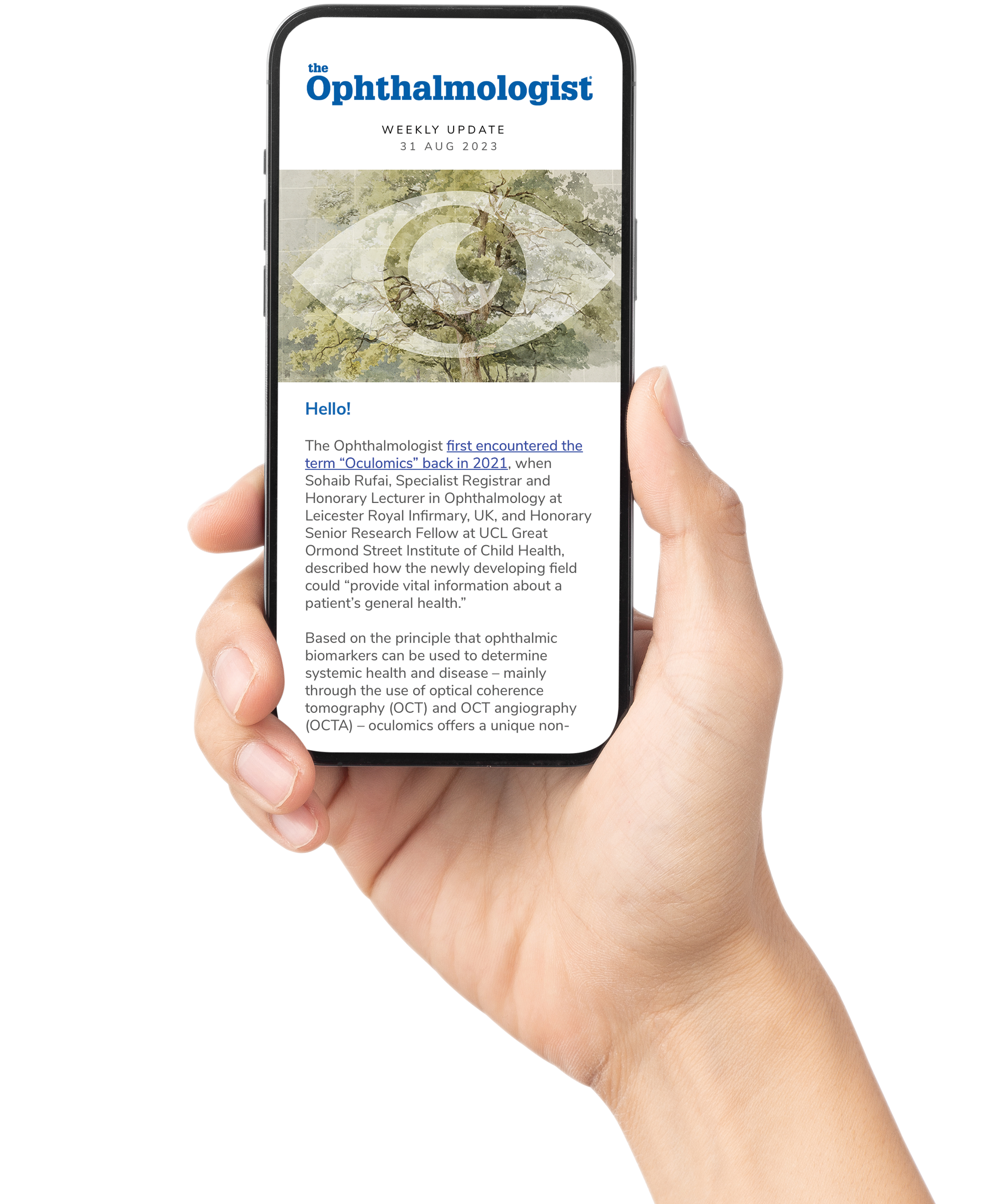
From developing gene-agnostic treatments for retinitis pigmentosa, to highly accurate AI-based detection of diabetic retinopathy, these are the news stories and studies that caught our attention this week…
IND approval for Stargardt treatment. AAVantgarde Bio, an Italian biotechnology company, has received FDA clearance for its Investigational New Drug (IND) application for AAVB-039, which aims to address the root cause of Stargardt disease by delivering the full-length ABCA4 -protein to all patients, independent of mutation. Natalia Misciattelli, Chief Executive Officer of AAVantgarde, commented: “With AAVB-039 now in clinical development, we are advancing our second therapeutic candidate toward addressing the urgent needs of patients with inherited retinal diseases (IRDs).” Link
Gene-agnostic therapy for Retinitis Pigmentosa. Nanoscope Therapeutics has initiated a FDA Biologics License Application (BLA) for its lead investigational therapy, MCO-010. MCO-010 is a gene-agnostic retinitis pigmentosa (RP) treatment, aimed at addressing RP’s broad genetic diversity, regardless of the more than 1,000 different mutations that can cause the disease. “We’ve been working on the MCO platform for more than a decade,” says Chief Scientific Officer and co-founder of Nanoscope, Samarendra Mohanty. “[W]e believe we’re now one step closer to potentially bringing this pioneering therapy to all RP patients.” Link
Diabetic retinopathy detection “with 99% accuracy.” A study presented at the Endocrine Society’s annual meeting in San Francisco (July 14, 2025) introduced an artificial intelligence-based retina tracker that, the researchers say, can detect diabetic retinopathy (DR) with 99% accuracy. The mobile device “uses cutting-edge deep learning algorithms to analyze retinal fundus images quickly and accurately, on internet-powered devices including basic smartphones,” says Jansi Rani Sethuraj, study author and researcher based at UT Health Houston, Texas. “The SMART [Simple Mobile AI Retina Tracker] AI application enables ophthalmologists to streamline patient screening, empowers primary care providers to incorporate eye exams into routine visits, and expands access to high-quality retinal assessments in regions lacking specialized ophthalmic care." Link
Retinopathy of prematurity highest in poorer neighborhoods. Children born into “low opportunity neighborhoods” are more likely to develop retinopathy of prematurity (ROP), says an American Journal of Ophthalmology study. Surveying a total of 2,468 infants screened for ROP between 2012 and 2021, a team at Harvard Medical School, Boston investigated the association between ROP development and neighborhood conditions. Using the Child Opportunity Index (COI), the researchers found that ROP prevalence is highest in US neighborhoods considered “very low opportunity” when compared to those with “high opportunity.” The authors recommend that COI could be used as a screening tool for detecting those children at risk of such vision-threatening conditions, as well as enabling clinicians to create targeted interventions for this demographic. Link
